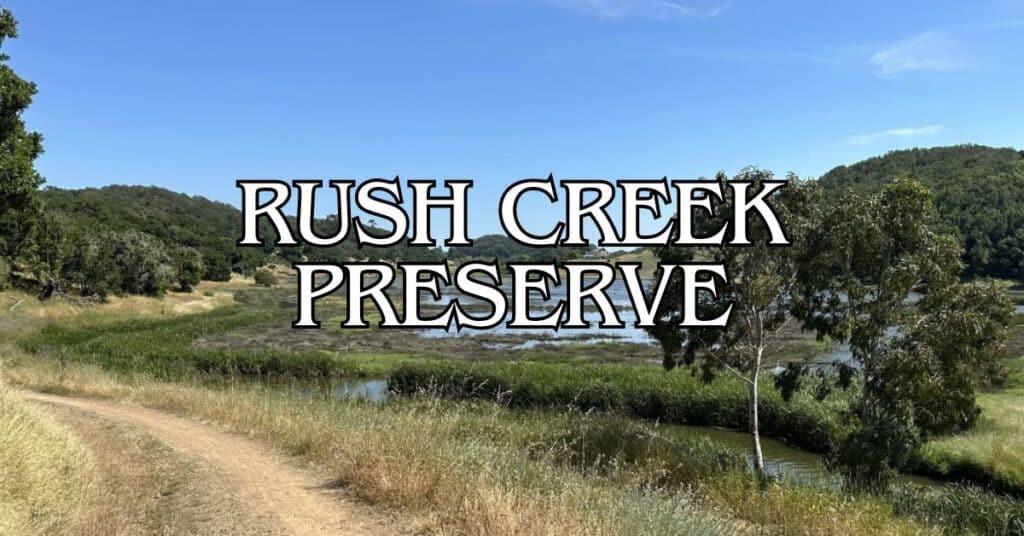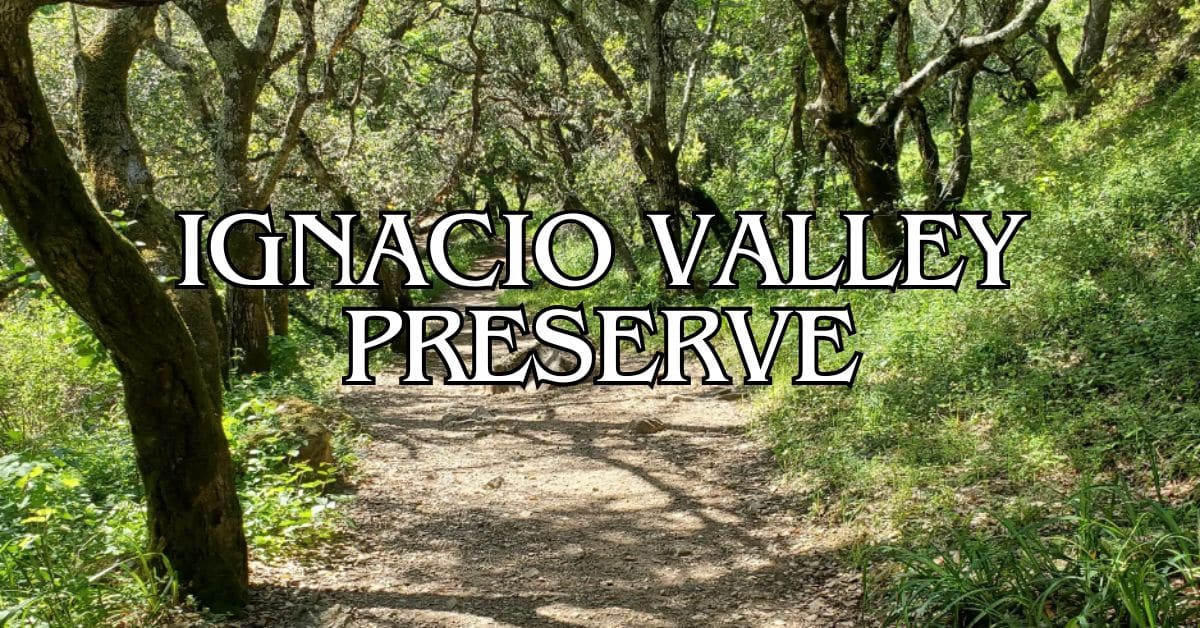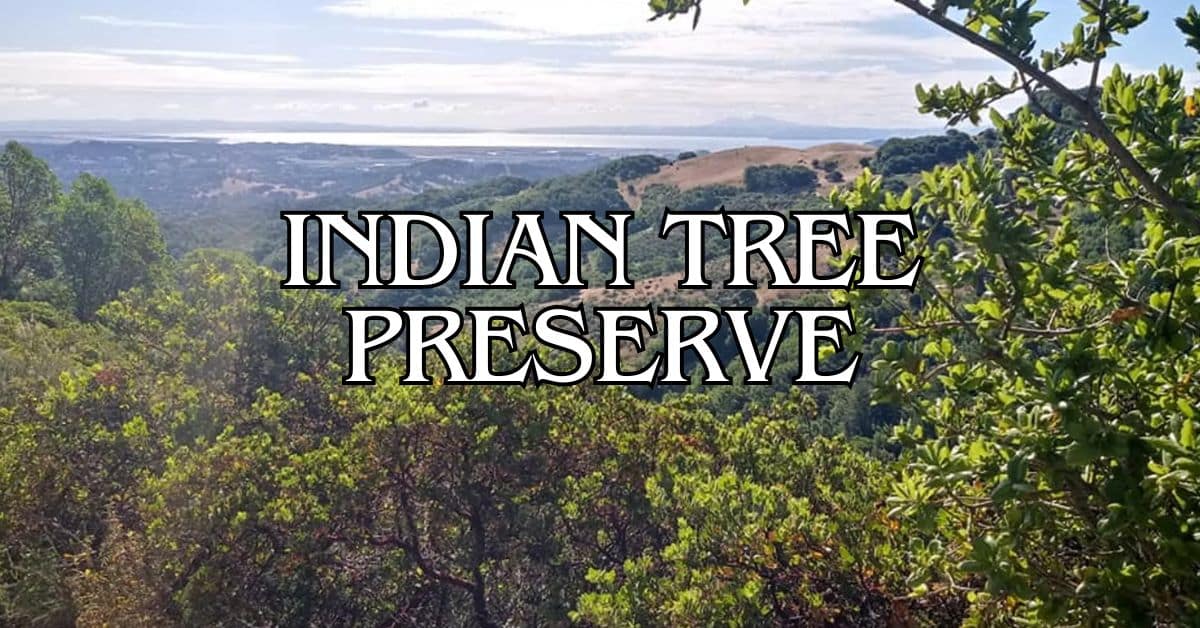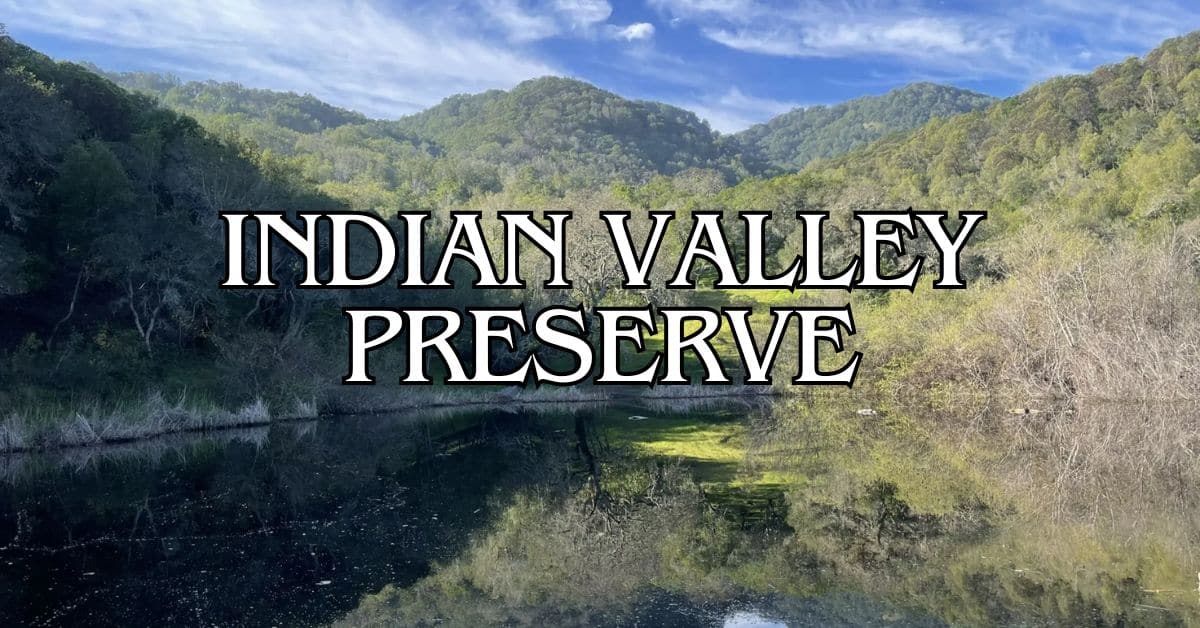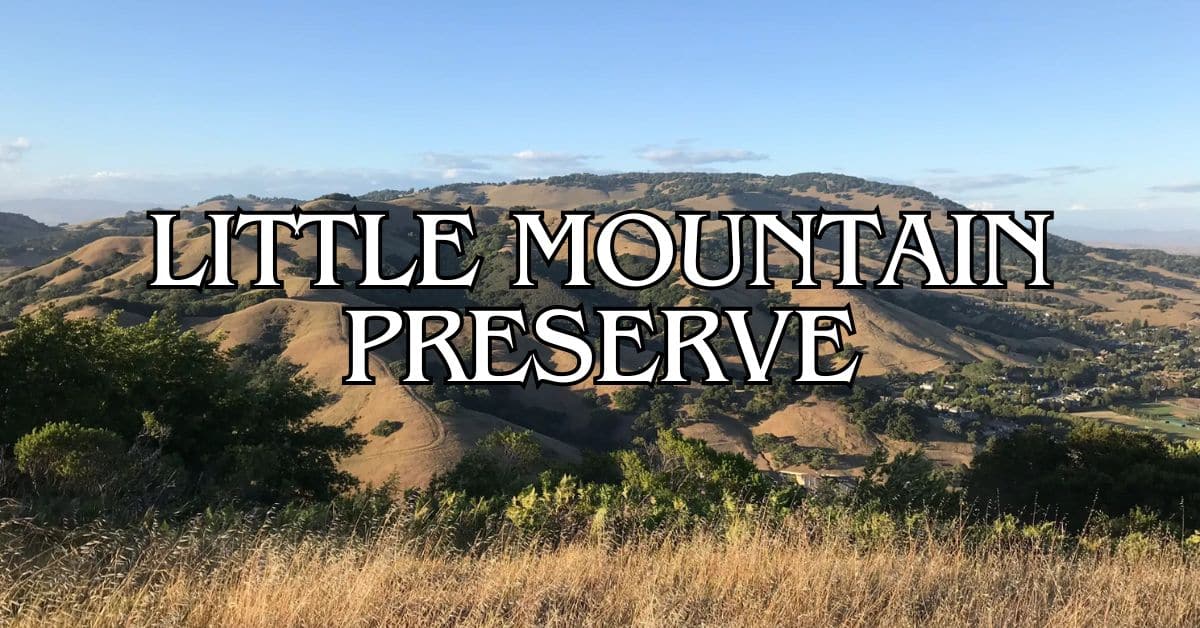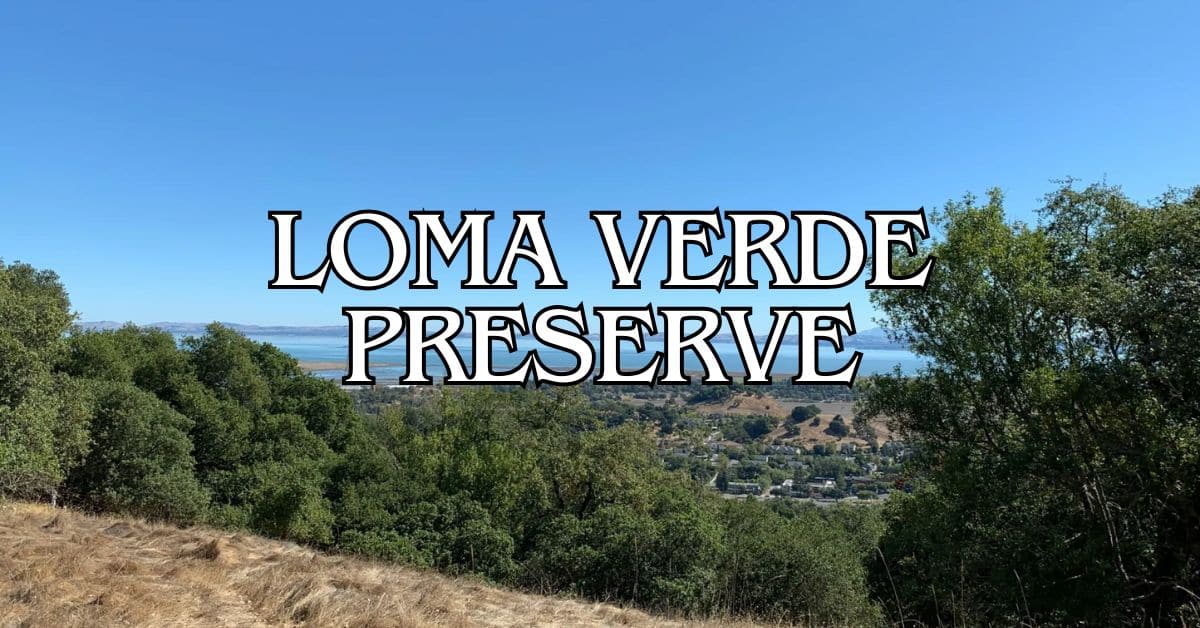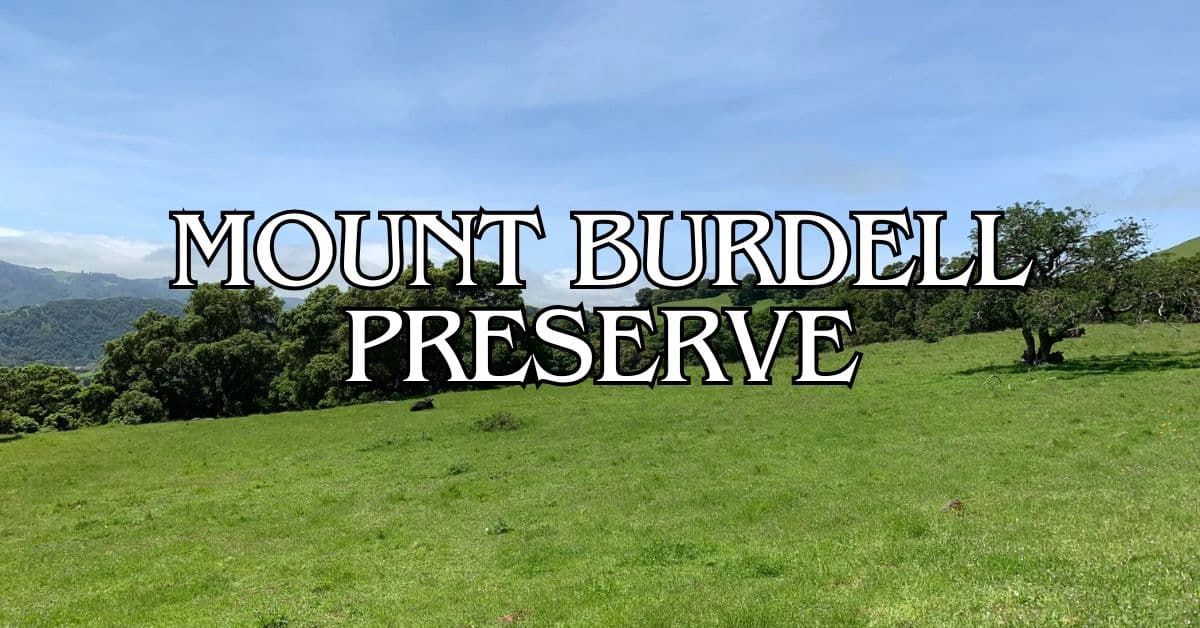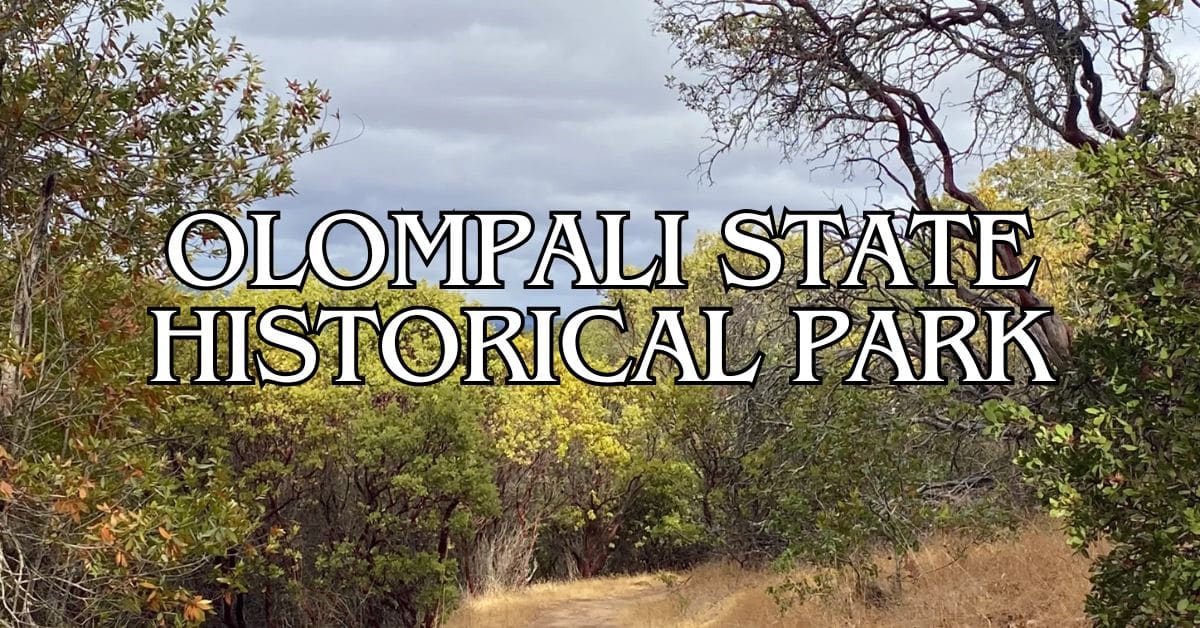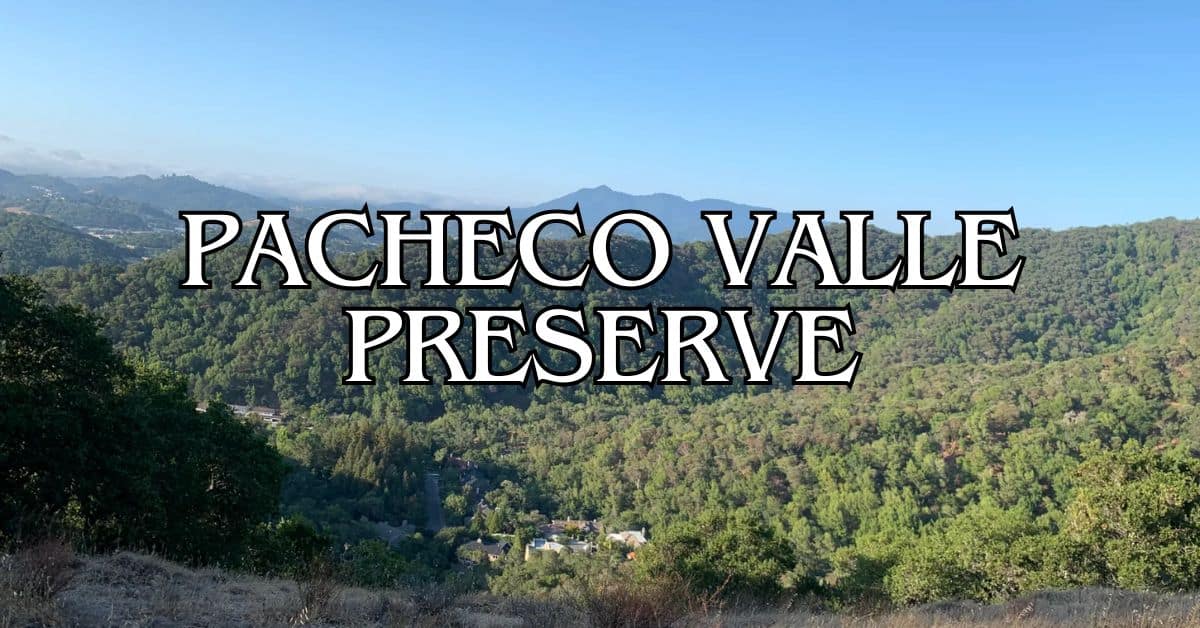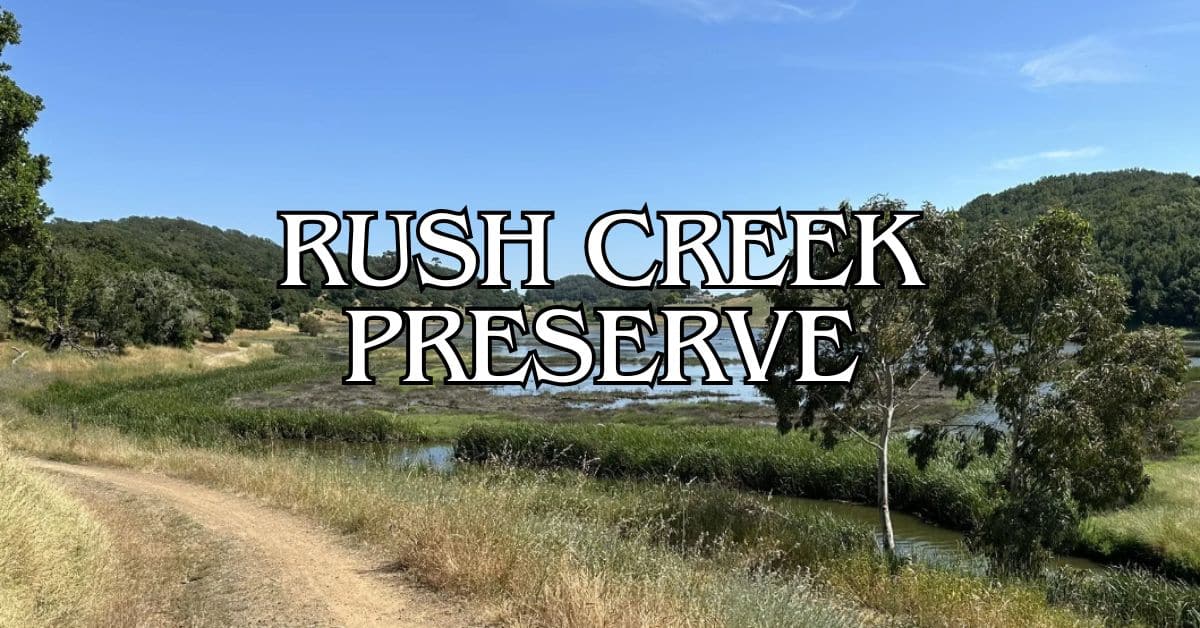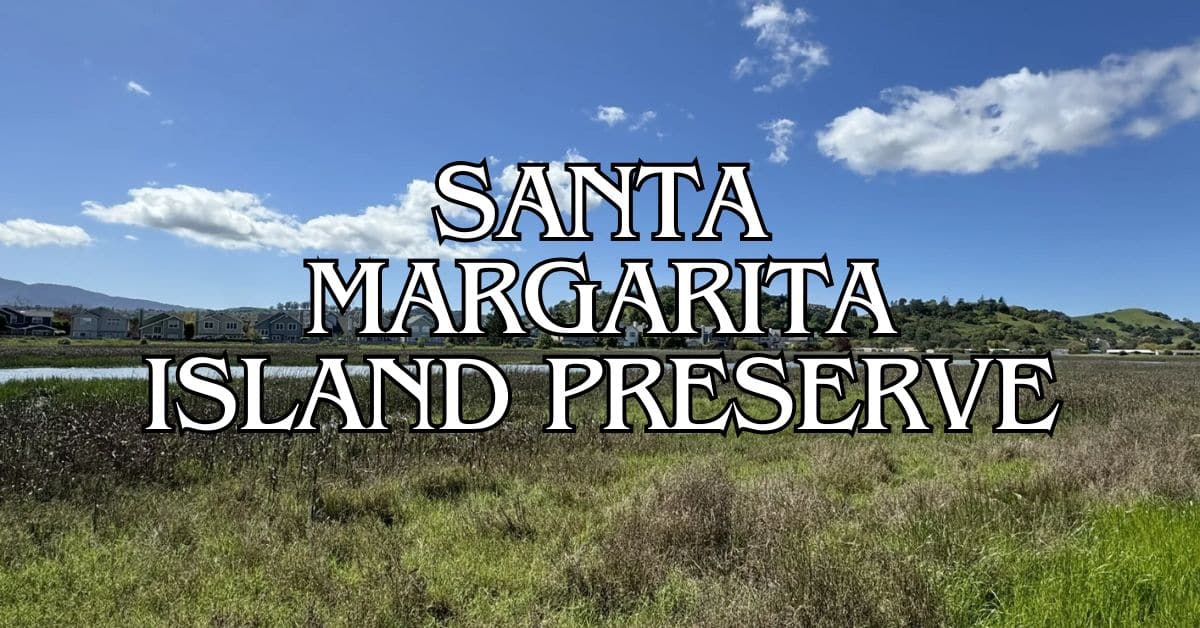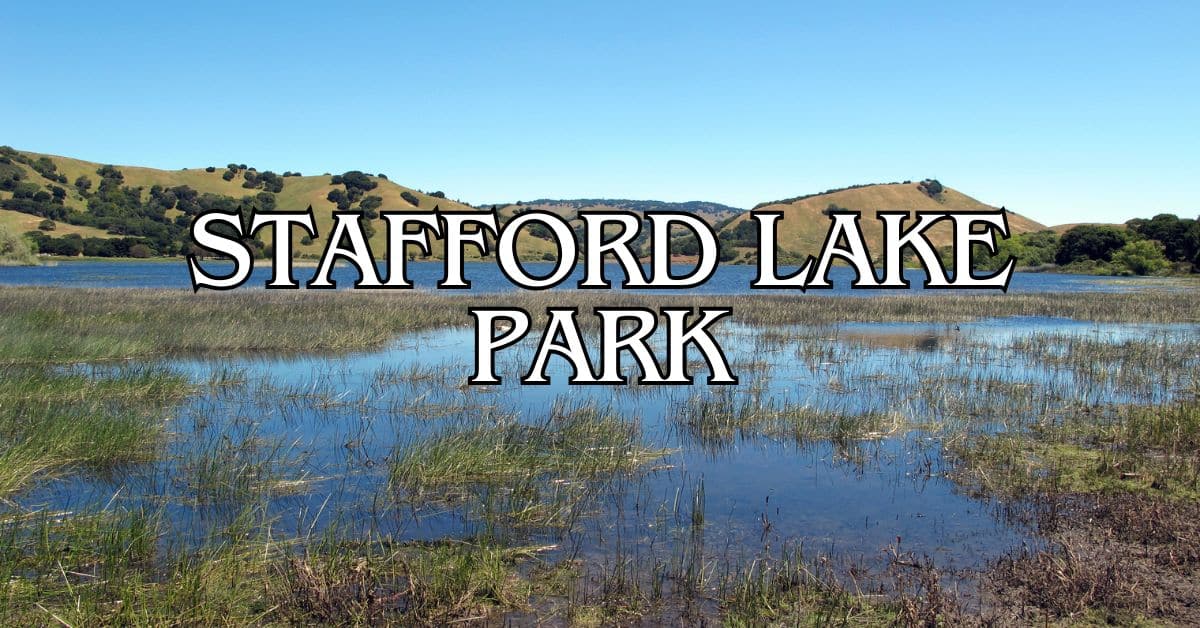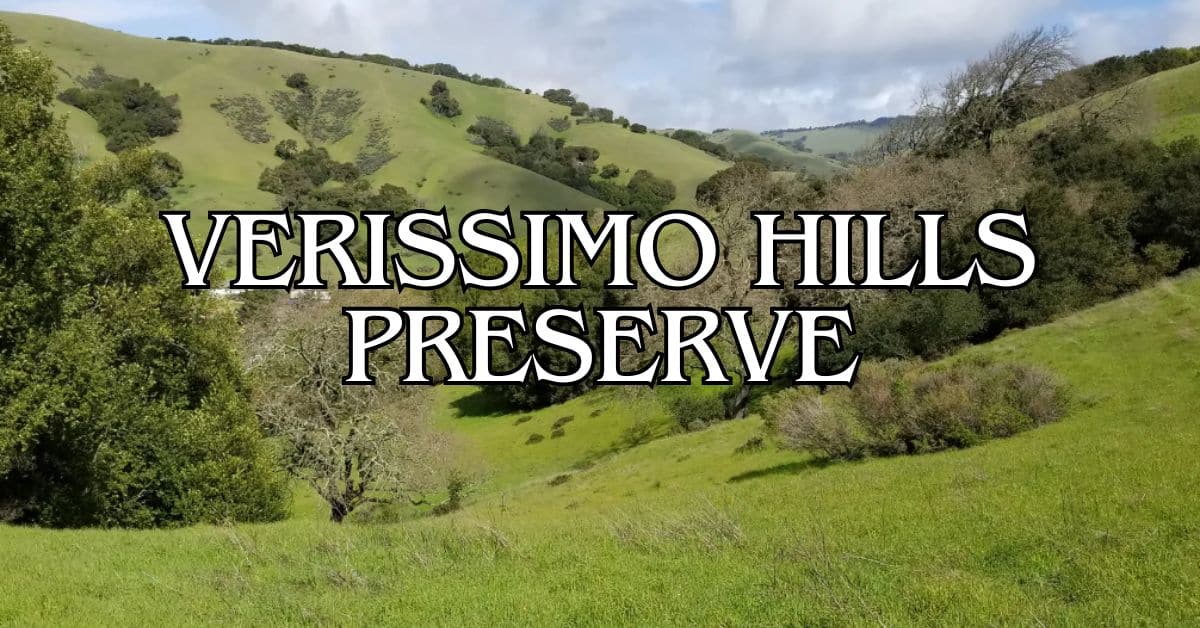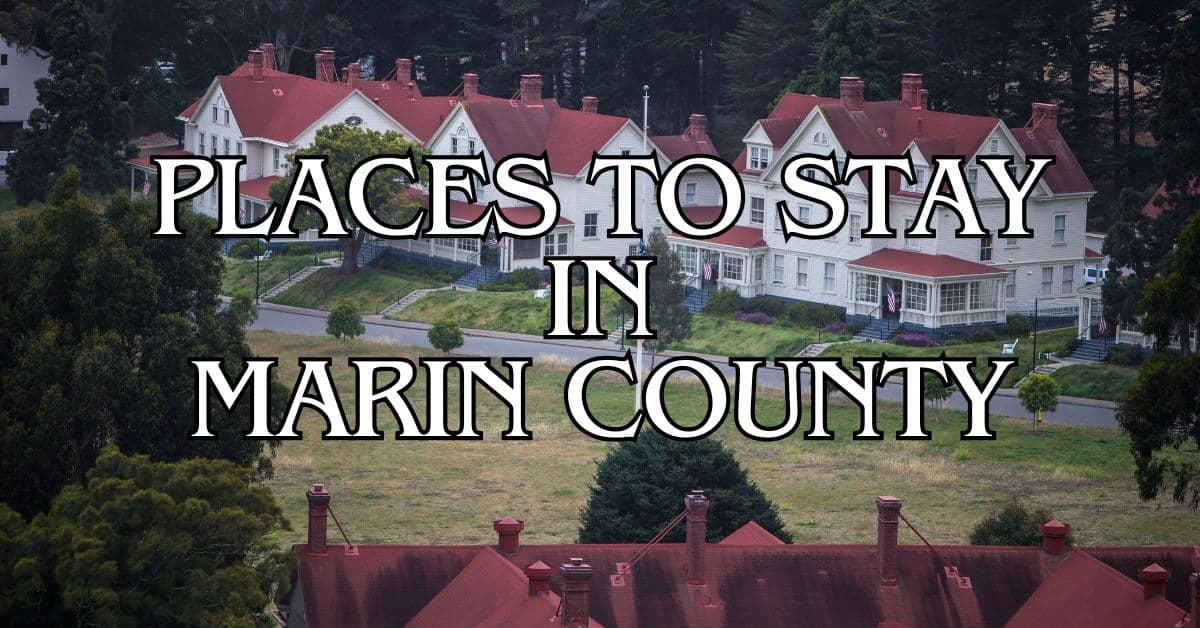Rush Creek Preserve is a perfect escape for anyone craving some time in nature. This 552-acre spot has marshlands, tidal flats, and woodlands—making it one of the North Bay’s standout birding locations with nearly 200 bird species hanging around regularly. The wide, gentle trails are super approachable, whether you’re a seasoned hiker or just out for a stroll with the kids.
Whether you hike, run, bike, or just love watching birds, Rush Creek Preserve has you covered. The trails—like the Bahia Trail—take you through a bunch of different habitats, and many are smooth enough for off-road strollers, which is a relief if you have little ones in tow.
Discover hand-picked hotels and vacation homes tailored for every traveler. Skip booking fees and secure your dream stay today with real-time availability!
Browse Accommodations Now
Spring really puts on a show here. Wildflowers pop up everywhere, and migratory birds start showing off. Parking is usually easy at the trailheads, but on weekends it gets busy, so coming early is smart. If you have binoculars, definitely bring them—the wetland views and wildlife are worth a closer look.
Overview of Rush Creek Preserve
Rush Creek Preserve packs 552 acres of natural landscapes and accessible trails into one Marin County gem. It’s a favorite for hikers, cyclists, and anyone who likes to spot wildlife.
Location and History
You’ll find Rush Creek Preserve in northern Marin County, near Novato. It’s right at the top edge of the San Francisco Bay Area, so it’s not a hassle to get to for locals or visitors. This open space links up with Marin’s bigger network of protected lands, helping keep the area’s natural vibe alive.
The preserve exists to protect diverse ecosystems and give the public a place to explore. The land ties into Marin County’s mid-20th-century push for open space preservation.
Marin County Parks manages Rush Creek now, keeping the trails in shape and making sure the area’s natural resources stick around for the next generation.
Unique Features
Rush Creek Preserve crams a surprising variety of ecosystems into one place. Marshlands, tidal flats, and woodlands all blend together, creating habitats for all sorts of wildlife. No wonder it’s a top birding spot in the North Bay—almost 200 bird species show up here.
The Bahia Trail stands out among several paths. Most trails are flat and wide, so you don’t have to be an athlete to enjoy them.
What really makes Rush Creek special? It’s that rare mix of easy access and beautiful scenery. Unlike some of Marin’s tougher hikes, you get great views and wildlife without breaking a sweat.
Significance in Marin County
Rush Creek Preserve plays a big role in Marin County’s patchwork of protected open spaces. It helps cement Marin’s status as a Bay Area leader in conservation.
The preserve isn’t just for hardcore outdoorsy types. Flat, easy trails make it possible for folks of all ages and abilities to get outside and enjoy nature.
Birders, in particular, love this place. The wetlands draw in migratory birds and other wildlife that rely on these vanishing habitats.
Rush Creek also acts as a buffer—helping with water quality and even flood control for the neighborhoods nearby.
Getting to Rush Creek Preserve
Getting to Rush Creek Preserve is a breeze from Highway 101 in Novato. There are clear signs and decent parking, so you won’t waste time circling around.
Directions and Access
Take Highway 101 north to the Atherton Avenue/San Marin Drive exit in Novato—the last stop before you head farther north. Follow the signs for Atherton Avenue.
The main trailhead sits just off 101, where you can hop on the Pinheiro Fire Road. This trail hugs the scenic Rush Creek Marsh. Signs from the main road make it easy to find.
If you’re coming from San Francisco, expect about a 30-40 minute drive, depending on traffic. Folks from elsewhere in Marin can get there quickly via 101.
Parking Information
There’s free parking near the main trailhead off 101. The lot is unpaved but in good shape, with room for around 15-20 cars. On weekends and holidays, it fills up fast—by mid-morning, it’s often packed, so try to arrive early.
If the main lot is full, swing by the Cemetery Marsh Trailhead for extra parking.
No permits needed—just park and go. The lots aren’t monitored, so lock up and don’t leave valuables out.
Street parking is an option in nearby neighborhoods, but always double-check for restrictions or posted signs.
Main Trails and Routes
Rush Creek Preserve’s trails wind through marshes, tidal flats, and woods. Whether you’re up for a casual stroll or a longer trek, there’s something here for you.
Rush Creek Fire Road
The Rush Creek Fire Road is the main artery. It’s wide, flat, and gives you sweeping views of the marsh and hills. The road traces the preserve’s northern edge, linking up with smaller trails.
Birdwatching is fantastic here. Nearly 200 bird species have been spotted, so it’s a dream if you like wildlife.
The fire road is mellow enough for most people—great for family hikes. You can keep it short or connect to other trails if you want to go farther.
Paved Trails and Accessibility
Some parts of Rush Creek Preserve have paved trails for better accessibility. If you’re pushing a stroller or need a smoother surface, these are a lifesaver.
The Bahia Trail is especially good for families or anyone with mobility concerns. It’s flat and manageable, even with an off-road stroller. Paved sections mean you can visit year-round, even after a storm when dirt trails get muddy.
You still get great views and wildlife from these easier paths. The layout makes sure everyone can soak up the natural beauty here.
Things To Do in Rush Creek Preserve
There’s plenty to do at Rush Creek Preserve. With 552 acres of Marin County landscape, you’ll find wide trails and a mix of habitats—perfect for nature fans of any age.
Hiking and Walking
The trails are gentle and wide, so you don’t need to be an expert hiker. The Loop Trail, recently finished, gives you a nice sampler of the area’s terrain. It’s family-friendly and works with off-road jogging strollers.
Find the perfect hotel or vacation rental. Instant booking, no fees!
View Top Stays
The Boardwalk Trail lets you wander through wetlands without trampling sensitive spots. Most paths are kept up nicely and are flat enough for beginners or families with little kids.
You’ll find hikes ranging from easy to moderate, with distances to match your mood and energy. Bring comfy shoes and water, especially if it’s hot.
Some favorite routes:
- Pinheiro Fire Road – Main trail with valley views
- Bahia Trail – Heads into the marshes
- Cemetery Marsh Trail – Great for wildlife sightings
Wildlife Viewing and Photography
Rush Creek is a birder’s paradise. Binoculars will help you spot egrets, hawks, and plenty of migratory birds.
Wildlife is everywhere. If you’re an early bird—or a dusk wanderer—you might see deer, rabbits, and more. The marshes are especially lively for birdwatching and photos.
A few photography tips:
- Early morning or late afternoon (golden hour) gives the best light
- Bring a zoom lens for birds and animals
- A tripod helps in low light
- Stick to the trails so you don’t spook wildlife
The scene changes with the seasons, so each visit feels a little different.
Exploration Opportunities
If you want more than just a walk, you can mountain bike on certain trails—it’s a fun way to see more of the preserve.
Rush Creek links up with nearby open spaces, so you can stretch your adventure into a full day if you want. The landscape shifts from marshes to oak woods, grasslands, and even some seasonal creeks.
Families can turn the wide trails into nature scavenger hunts or educational outings. Kids have plenty to discover—plants, bugs, odd rocks, you name it.
A field guide can make things even more interesting. With so many habitats in one place, there’s always something new to spot or learn about.
Nature and Wildlife
Rush Creek Preserve is easily one of Marin County’s top wildlife destinations. Nearly 200 bird species and a bunch of plant communities call this place home, and things change with the seasons.
Habitats and Ecosystems
Across its 552 acres, Rush Creek Preserve mixes wetlands, tidal flats, marshes, and woodlands. It sits where freshwater streams meet the northern edge of San Francisco Bay—kind of a sweet spot for biodiversity.
The marshlands flood and drain with the tides, creating rich feeding grounds for all sorts of creatures. These wetlands also filter water naturally and help protect the shoreline from washing away.
Woodlands add another layer, with oaks and bay trees offering shade and shelter for mammals and birds. The spots where these habitats overlap are especially packed with life.
Flora and Fauna
Birds really steal the show at Rush Creek, making it a must-visit spot for birders in the North Bay. You’ll catch sight of migratory waterfowl, shorebirds, and raptors—egrets, herons, hawks—just about any time of year if you’re patient.
Come spring, wildflowers burst out across the grasslands. California poppies and lupines, along with other native blooms, paint the landscape with bright color.
You might cross paths with:
- Deer
- Raccoons
- Foxes
- Plenty of small rodents
The plant life changes as you move through the preserve. Salt-tolerant pickleweed hugs the tidal flats, while oak woodlands are home to ferns and native shrubs.
Wildlife patterns shift with the seasons, so you’ll notice different species coming and going as the weather changes.
Planning Your Visit
If you want a good day at Rush Creek Preserve, it’s worth thinking about when to go and what kind of outing fits your mood. The preserve feels different depending on the season and how long you want to wander.
Best Times to Visit
Spring (March–May) is easily the liveliest time—wildflowers everywhere, temps in the 65–75°F range, and birds passing through on their migrations. If you’re into wildlife photography, this is your moment.
In fall (September–November), hiking gets comfortable, crowds thin out, and the marshlands take on new colors as the season shifts.
Summer afternoons? Not so friendly. It can push past 85°F, and shade is pretty scarce. If you’re set on a summer visit, aim to arrive before 10am for cooler temps.
Winter (December–February) has its perks, especially if you’re a birder. Migratory species settle in for a bit, but be ready for muddy trails—waterproof boots are a wise call.
If you can, swing by on a weekday. The place feels a lot quieter than on weekends.
Suggested Itineraries
2-Hour Visit:
- Stroll the Bahia Trail (1.5 miles roundtrip)
- Bring binoculars—birdwatching at the marsh viewpoints is a treat
- Perfect if you just want a quick nature fix
Half-Day Visit:
- Tackle the main loop trail (3.8 miles)
- Pack a picnic lunch and snag a bench overlooking the tidal flats
- Bring a field guide for wildlife spotting—there’s plenty to see
Full-Day Nature Immersion:
- Hit all the main trails for a 5+ mile loop
- Early mornings are best for wildlife (and cooler air)
- Don’t forget extra water, snacks, and sunblock
- Make time for stops in woodlands, tidal flats, and marshes
If you’ve got little kids, the wide, easy trails near the entrance are stroller-friendly and offer short loops for tiny legs.
Nearby Parks and Preserves
There’s no shortage of great outdoor spots near Rush Creek. Marin County’s other preserves each have their own vibe and are just a short drive away.
Bothin Marsh Open Space Preserve
Bothin Marsh hugs Richardson Bay in southern Marin, about 15 miles out. It’s a 106-acre wetland with a flat, easy 1.5-mile trail that’s popular with walkers, joggers, and cyclists.
Luxury stays to cozy cottages await, all with instant booking. Find the best deals!
Browse Marin Stays
Migratory birds flock here, especially in winter—you’ll see egrets, herons, and all kinds of waterfowl. The Bay Trail runs through the preserve, giving you clear views of Mount Tamalpais and the city skyline.
Tides totally change the look of the place. At low tide, birds poke around the mudflats; at high tide, water fills the channels.
You can park at Hauke Park or along Almonte Boulevard. Heads up—there aren’t any restrooms, so plan accordingly.
Deer Island Open Space Preserve
Just 3 miles south, Deer Island rises from the wetlands, though it’s not really an island. This 154-acre oak-covered hill has a moderate 2-mile loop trail with about 200 feet of elevation gain.
The path winds through oak woods, grasslands, and bay laurel groves. In spring, wildflowers pop up everywhere; in fall, the oaks turn gold and amber.
You’ll probably spot deer, hawks, and maybe even a coyote. The summit gives you a peek at Mount Burdell, Big Rock Ridge, and parts of Novato.
There’s a small parking lot off Deer Island Lane, but no restrooms or water—so come prepared.
Indian Valley Open Space Preserve
Indian Valley covers 558 acres on Novato’s western edge, about 5 miles away. You’ll find oak woods, grasslands, and riparian corridors along Indian Creek.
Trails range from mellow creekside walks to tougher climbs up the hills. The 3-mile Indian Valley Fire Road gives you a solid hike with broad valley views.
Spring brings wildflowers and a seasonal waterfall near the College of Marin Indian Valley Campus. Summer turns the hills gold, but the valleys stay green.
Wildlife here includes deer, bobcats, coyotes, and lots of birds. You can park at the College of Marin lot on Ignacio Boulevard or at Indian Valley Road’s end.
Day Trips and Regional Highlights
Marin County’s location makes it a great launchpad for exploring Northern California’s variety—redwoods, coastlines, you name it. There’s a lot to see within an easy drive from Rush Creek.
Redwood Forests and Marin Headlands
Muir Woods National Monument is a classic spot to see towering redwoods. The main trail is paved and easy for most folks. If you want to avoid the crowds and parking headaches, aim for before 9am.
The Marin Headlands offer sweeping Golden Gate Bridge views and a bit of military history. Battery Spencer is the go-to for that postcard bridge photo. If you’re up for a short hike, Point Bonita Lighthouse is worth it for the dramatic coastal views.
Parking gets tight on weekends—taking the Marin Transit shuttle can save you some hassle. The Marine Mammal Center is also nearby, where you can see rescued seals and sea lions.
Barnabe Peak and Samuel P. Taylor State Park
Samuel P. Taylor State Park gives you shady redwood groves and Lagunitas Creek, where endangered coho salmon spawn in winter. The 2.5-mile Pioneer Tree Trail winds through old-growth redwoods—no steep climbs required.
If you’re after a bigger adventure, hike up Barnabe Peak (1,466 feet) for panoramic views of Marin. The 7-mile loop is a workout but totally worth it on clear days—you might even see San Francisco in the distance.
The park has picnic spots by the creek and campsites if you want to stay overnight. Devil’s Gulch is quieter and especially nice for spring wildflowers.
Nearby Destinations in Sonoma County
Head north and you’re in Sonoma County, with its wineries, trails, and charming towns. Historic Sonoma Plaza is packed with old architecture, shops, and solid restaurants, all walkable.
Jack London State Historic Park in Glen Ellen mixes literary history with hiking. You can check out the author’s cottage and farm ruins, then wander through oak woods and vineyards.
If you love the coast, Bodega Bay has dramatic views and fresh seafood—and it’s where Hitchcock filmed “The Birds.” Doran Regional Park has a family-friendly beach with gentler waves than most NorCal spots.
Armstrong Redwoods State Natural Reserve near Guerneville is home to ancient coast redwoods—some over 1,400 years old—and tends to be less crowded than the more famous parks.
Additional Parks of Interest
While you’re in the area, you might want to check out some other California parks that offer their own unique wildlife and scenery.
Almaden Quicksilver County Park
Down in Santa Clara County, Almaden Quicksilver County Park sprawls over nearly 4,200 acres of oak woodland and chaparral. It’s a mix of natural beauty and history—the mercury mines here ran for more than 135 years.
There are over 37 miles of trails, ranging from easy strolls to challenging hikes. English Camp and Mine Hill Trails show off old mining structures and some surprisingly interesting signs about the area’s past.
Wildlife is abundant—deer, bobcats, and more than 130 bird species call the park home.
Spring is best for wildflowers, fall for comfortable hiking. The park’s open 8am to sunset year-round, and there’s no entrance fee.
Año Nuevo State Park
Año Nuevo State Park sits on the San Mateo coast and is famous for its northern elephant seals. The landscape—rugged coastline, dunes, wetlands—covers about 4,000 acres.
From December through March, you can join guided tours to see the elephant seal breeding colony up close. Watching massive bulls fight for territory and mothers care for their pups is something you won’t forget.
The rest of the year, self-guided tours let you explore on your schedule. The park supports over 300 plant species and plenty of birds.
You’ll need reservations during peak season. Bring layers, since coastal fog and wind are the norm. The visitor center has some excellent educational displays about local wildlife and ecosystems.
Tips and Support Resources
A little preparation goes a long way before you hit the trails at Rush Creek. The preserve is gorgeous, but a few basics will help you make the most of it.
Visitor Guidelines
Keep dogs leashed at all times to protect the wildlife and other folks enjoying the area.
Bring lots of water, especially in the summer. A reusable bottle is your friend here.
Wear a hat and sunscreen. The open marshes don’t offer much shade, so cover up.
If you’re into birdwatching, pack binoculars. With nearly 200 regular bird species, Rush Creek is a top spot in the North Bay.
Stick to the marked trails to help protect these fragile marsh and woodland habitats.
Where to Get Support
Marin County Parks runs Rush Creek Preserve and posts maps and updates online. You’ll find info on trail conditions, closures, and what’s happening seasonally.
If you need help on the trail, keep an eye out for park rangers—they’re around sometimes and usually happy to chat about wildlife, trails, or rules.
Nearby park visitor centers hand out paper maps and share local tips before you head out. Honestly, the rangers there often know the best birding spots (if you ask the right questions).
In an emergency, just call 911. Usually, your phone will get service in most parts of the preserve.
Sometimes, local nature groups put together guided walks at Rush Creek. It’s worth scanning community calendars if you’re curious about joining one.
Find available hotels and vacation homes instantly. No fees, best rates guaranteed!
Check Availability Now
Black Point Boat Launch Travel Guide – Accessibility, Amenities, Activities, and More!
Deer Island Preserve Travel Guide – Accessibility, Amenities, Activities, and More!
Ignacio Valley Preserve Travel Guide – Accessibility, Amenities, Activities, and More!
Indian Tree Preserve Travel Guide – Accessibility, Amenities, Activities, and More!
Indian Valley Preserve Travel Guide – Accessibility, Amenities, Activities, and More!
Little Mountain Preserve Travel Guide – Accessibility, Amenities, Activities, and More!
Loma Verde Preserve Travel Guide – Accessibility, Amenities, Activities, and More!
Mount Burdell Preserve Travel Guide – Accessibility, Amenities, Activities, and More!
Olompali State Historic Park Travel Guide – Accessibility, Amenities, Activities, and More!
Pacheco Valley Preserve Travel Guide – Accessibility, Amenities, Activities, and More!
Rush Creek Preserve Travel Guide – Accessibility, Amenities, Activities, and More!
Santa Margarita Island Preserve Travel Guide – Accessibility, Amenities, Activities, and More!
Stafford Lake Park Travel Guide – Accessibility, Amenities, Activities, and More!
Verissimo Hills Preserve Travel Guide – Accessibility, Amenities, Activities, and More!


